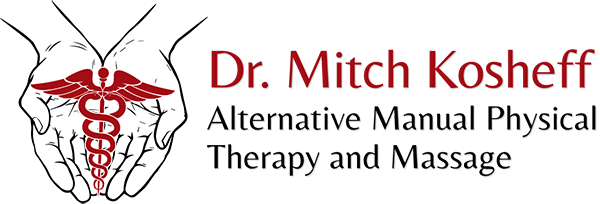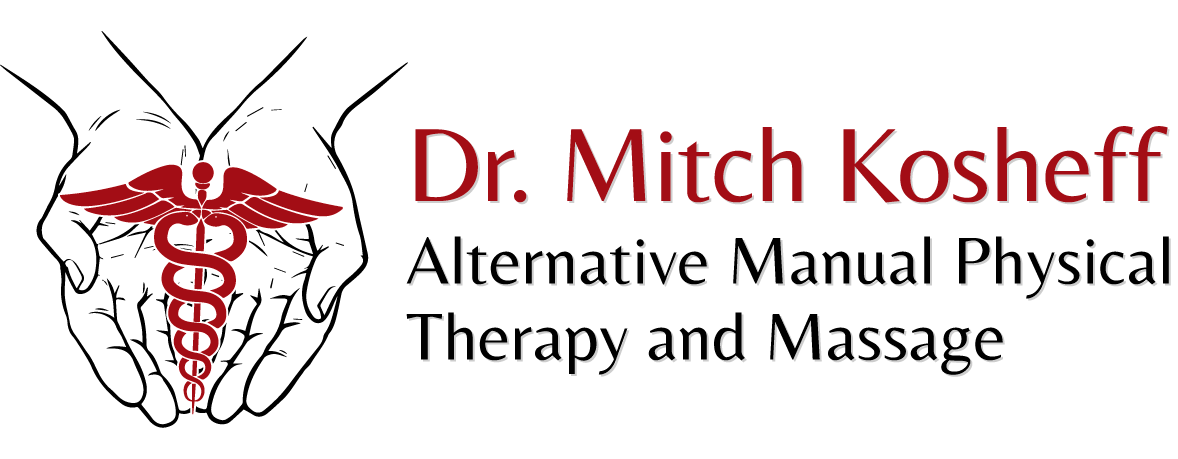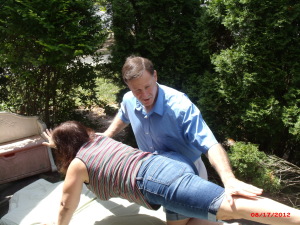Not all low back pain is the same. There are many different conditions that cause low back pain. Therefore, the treatment for each is different. Treatment approaches and exercises that are good for one condition are contraindicated, or at minimum ineffective for another. One common condition causing low back pain is lumbar instability.
What is Lumbar Instability
Lumbar instability is a condition in which the ligaments that surrounds and supports the spine (vertebra) becomes lax. And, the muscle around them are not strong enough to provide the support that the ligaments are no longer providing. If left untreated, this condition can lead to more serious conditions such as herniated discs, nerve pinches, arthritis of the spine, and stenosis.
Causes of Lumbar Instability
There are a number of things that cause lumbar instability. The first is poor posture. If one consistently sits in a “slumped” posture there are a number to things that begin to happen. One, is that you are constantly pulling on muscles, muscle tendons, and ligaments of the spine. While muscles and muscle tendons have elastic components to their structures, ligaments do not. Once you begin to stretch a ligament, it stays stretched. From applying constant stresses to ligaments, they become overstretched, lax, and unable to provide the support it was designed for. What also happens is that contractures will form in the chest and front part of the hips. The hamstring muscles on the back of the thighs often times becomes contracted as well as the quadriceps muscles on the front of the thigh. This is especially true for those who do a lot of sitting, such as office workers and truck drivers.
Another cause of lumbar instability are those with deconditioned abdominal muscles and weakened core muscle strength. The abdominal and core muscles of the trunk counter balance the muscles of the lumbar spine. When the abdominal and core muscles of the trunk become weak relative to the muscles of the back it allows your hips to roll foreword and increase the curvature of the back. From this, what happens is that movement below the peak of the curve at the low back becomes restricted with excessive movement occurring from the peak of the curve on up. This leads to overstretching of ligaments and discs. It also diminishes the amount of shock absorption that is supposed to be equally distributed throughout the spine; with the most of the forces going to the unstable spinal segments at the peak of the curve.
Other things that allow for the development of lumbar instability are those who do a great deal of stretching. While stretching overall is good for you and necessary, there are those that overstretch. I find this in many people engaged in activities such as gymnastics, martial arts, dance, and yoga. In the act of stretching, many people go beyond stretching their muscles and begin to stretch the ligaments that surrounds their joints. This leads to hypermobility of joints, which can lead to instability of joints. Hyper (excessive) mobility in and of itself does not necessarily mean that the joint is unstable. If one continues to train and keep the muscles around a joint strong, the joint will maintain its stability. However, once one stops, or slows down their training, the muscles will decrease in their strength and will no longer be able to provide stability for joints. And for those engaging in yoga, it is very important to do strengthening postures, and not just stretching and meditation. I have treated many people who do yoga on a regular basis and who only perform stretching and mediation. Without also doing the strengthening poses, one will develop chronic low back pain from instability due to overstretching their ligaments and not engaging in strengthening activities.
Signs And Symptoms of Lumbar Instability
People with lumbar instability tend to have pain which is localized to their back. They describe their pain as being mostly dull and achy. They may also report sensations of stiffness, even though the have excessive mobility. They may have pain upon awaking in the morning, however, they have more stiffness than pain in the morning, and then more pain than stiffness later in the day or at night. They are unable to find a comfortable position and need to constantly move about or shift positions to temporarily decrease pain. They also have the need to frequently “crack” their backs.
When examining a patient with instability, what is often observed are fibrous bands going across the vertebral segments where the instability exists. When looking at the muscles of the spine, the muscles to go up and down. However, where there is instability there are fibers that go across the vertebral segments. Also observed is “shaking” and “juttering” at the unstable segments when coming up from foreword bending. There is a significant increase in muscle tone in standing that completely disappears when lying on the stomach. And when passively testing the joints of the spine, there is hyper (excessive) mobility at the unstable vertebral segments. There also may be hypo (restricted) mobility at segments or regions above or below the hypermobile segments.
Treatment For Lumbar Instability
For those with lumbar instability, stretches to the lower back, massage, and hot packs are contraindicated. Why? Because with stretches, massage, and hot packs you are making those structures which are loose, weak, and unstable more loose, more weak, and more unstable. These activities may feel good while they are being applied, but your pain will worsen as soon as or shortly after getting up from the treatment table.
In general, the treatment for lumbar instability involves abdominal/core and lumbar paraspinal conditioning, along with postural reeducation. However, not everyone has the same triggers causing lumbar instability. Therefore, the treatments and exercises given will vary from person to person. For example; some people may present with very strong abdominal/core muscle strength, but have instabilities due to overstretching. That person would be given stability exercises for the lumbar spine exclusively. Yet, someone else may present with weakened, deconditioned abdominal/core muscle strength, soft tissue contractures at their the front of their hips, and restricted mobility at areas above and/or below the areas of instability. That persons’ treatment program may include manual therapy techniques to address the contractures and restricted mobilities, along with abdominal/core and lumbar strengthening and stability exercises. An effective program to treat lumbar instability needs to be custom tailored to meet the specific needs of each individual. Then, as each patient begins to improve their condition, the exercises initially taught will need to be progressed and advanced.
If you are experiencing lower back pain, consider seeing your local area physical therapist. And if you live in Ocean county, NJ, Monmouth county, NJ, or eastern portions of Mercer county, NJ and are having LBP, visit my website at www.drmitchpt.com. Then give me a call to discuss your condition.


